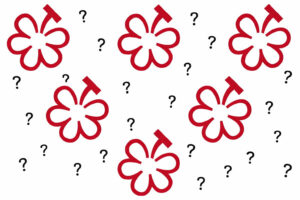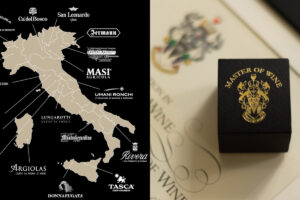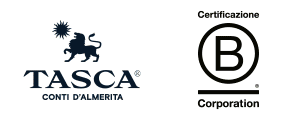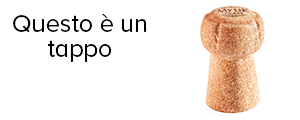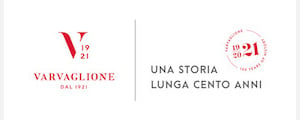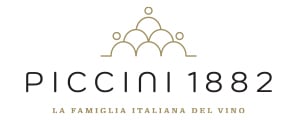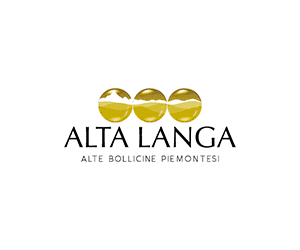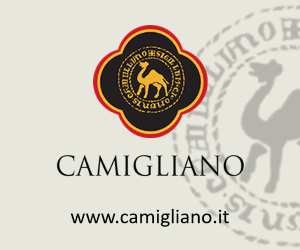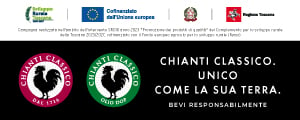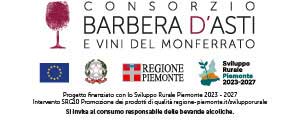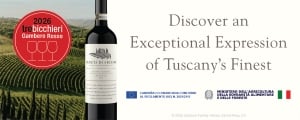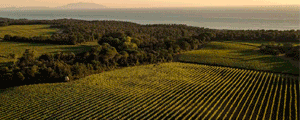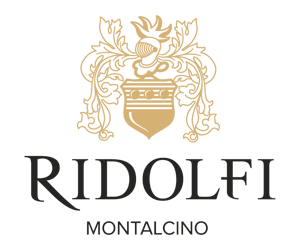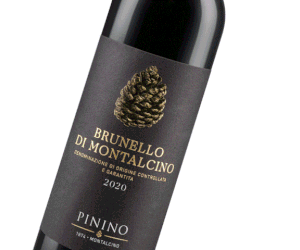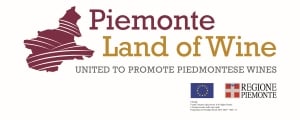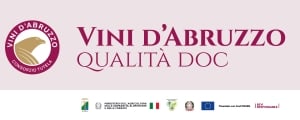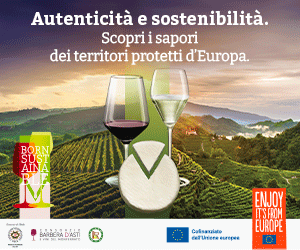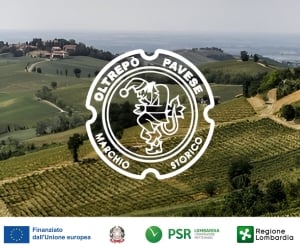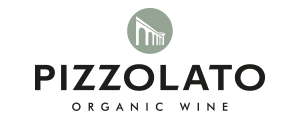After years of major declines, mainly related to the duty diatribe with neighboring Australia, China in 2024 saw its total wine imports return to growth, at 11,477.4 million Yuanes (about 1.4 billion euros, ed.), up 39.6% over 2023, for 283.1 million liters (+13.7%), according to Chinese customs data analyzed by the Organización Interprofesional del vino de España (Oive). This growth, however, is all linked to the return of Australian wine, which suddenly became again the main wine exporter to China, of which it accounted for 37% in value and 28% in volume, and the only country seeing its exports to the Celestial Empire grow, while all the other main producing countries, from France to Chile and Italy, have recorded major contractions, often in double digits. A new turnaround, then, accompanied by another change that, in a country where until now, in terms of production (domestic production historically covers 90% of the market) and consumption, has been heavily skewed toward red wines. With Chinese consumers now instead seeming to have discovered, or rediscovered, a very strong interest in white wines, as noted by the “ProWine International Business Report China” 2025, conducted with Hochschule Geisenheim University, and launched by the German trade fair at “ProWine Hong Kong” 2025, which was staged in recent days.
“The report clearly outlines the growing optimism about the future development of the wine market in China, experts predict increasing interest in white and sparkling wines”, said Simone Loose of Hochschule Geisenheim University. “Key growth drivers will include attracting new consumers, creating new opportunities to drink wine, and using localized digital storytelling that resonates with Chinese culture”, she added.
In general, according to local producers, wine merchants, and industry insiders, while only 1 in 4 indicated a good or very good economic situation in 2024, more than half expect a net improvement in market conditions during 2025.
In general, industry experts showed optimism for Chinese domestic wine (57%), ready-to-drink cocktails (42%) and imported sparkling wine (40%).
While producers place their highest hopes on the rapidly expanding Rtd and cocktail segment (53%) and cider and perry (53%), followed by imported sparkling wine (41%). Both groups agree that imported still wine, spirits and traditional baijiu will face tougher headwinds until 2027. But within the wine category, the report explains, dry white wines top the list for both merchants and producers. Among traders, 55% expect white wines to perform strongly, while 44% of producers share this perspective. Sparkling wines were also widely seen as having strong potential, supported by 45% of traders and 49% of producers. Producers showed even stronger confidence in low-alcohol wines, with 69% identifying them as the most promising category by 2027. In terms of imported still wine by country of origin, Australia and France remain the main origins, followed by Chile and Italy, with New Zealand and Germany gaining ground, particularly from white wines themselves. But more generally, in terms of growth opportunities for wine sales, industry experts rank growing interest among the younger generation (66%) and wine tourism (59%) at the top of the list of opportunities. Producers, on the other hand, are more focused on a short-term increase in imports once existing stocks have been disposed of (71%) and on establishing direct sea routes to mainland China via Hong Kong middlemen (56%) to increase their sales. Both groups, however, agree that creating new consumption opportunities for wine (84%) and expanding wine audiences and targeting new consumers (80%) are important for future growth. And the survey once again shows loud and clear the growing importance of the digital world, both in consumer education and sales: 77% of experts and producers believe that social media and livestream shopping experiences on platforms such as Douyin and REDNote, for example, will be the fastest-growing wine sales channels by 2027, while more than half (52%) believe that Kol (top influencers) and celebrity brand ambassadors will drive sales in the next three years. “These digital, primarily social media-based sales channels”, a note explains, “will far outpace traditional channels such as on-trade, wine stores and even e-commerce according to industry experts and producers surveyed. And it's not just about where the wine is sold, but how it is framed. Both groups believe that localized storytelling that resonates with Chinese culture is the most effective approach”.
Copyright © 2000/2025
Contatti: info@winenews.it
Seguici anche su Twitter: @WineNewsIt
Seguici anche su Facebook: @winenewsit
Questo articolo è tratto dall'archivio di WineNews - Tutti i diritti riservati - Copyright © 2000/2025




















